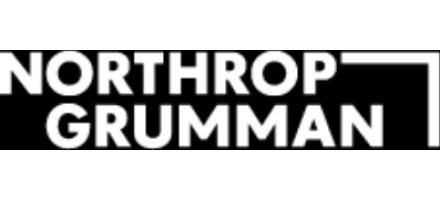Two Global Hawk UAVs fly and refuel in close formation as part of DARPA program
NewsOctober 08, 2012

SAN DIEGO. Two NASA Global Hawk unmanned aerial vehicles (UAVs) completed the first autonomous aerial refueling between two high-altitude UAVs. Engineers at the Defense Advanced Research Projects Agency (DARPA), Northrop Grumman, and NASA Dryden Flight Research Center have completed these flight demonstrations as part of DARPA's Autonomous High-Altitude Refueling (AHR) program.
The flights -- conducted at Edwards Air Force Base, Calif. – had one UAV configured as a tanker and the other as a receiver. The demonstration also marked the first time that two Global Hawk UAVs flew in close formation – as close as 30 feet. During the close-formation flight, the UAVs rendezvoused and flew for more than 2.5 hours under autonomous formation control, mostly within 100 ft (or one wingspan) of each other.
During the flights the lead receiver aircraft extended and retracted its aerial refueling hose multiple times, completing all the planned tests for validating the associated program hardware and software. The trail tanker aircraft also demonstrated precision control in formation with manual and automated breakaway maneuvers, which are important safety features and criteria of the test program.
Northrop Grumman and NASA Dryden Flight Research Center conducted several demonstration flights during the buildup to the close formation flight, which included receiver and tanker first flights and a distant formation flight. Preparation for the demonstrations included ground and flight tests, which consisted of simulations, analysis laboratory, and ground tests as well as several safety review boards.
The $33 million DARPA AHR program looks to demonstrate autonomous fuel transfer between two Global Hawks, enabling flights of as long as one week. AHR is a follow-on from a 2006 DARPA Autonomous Aerial Refueling Demonstration (AARD), a joint effort with NASA Dryden that used an F/A-18 Hornet as a surrogate UAV to autonomously refuel via a probe and drogue from a 707 tanker.
As part of the U.S. Navy's Unmanned Combat Air System Carrier Demonstration program, Northrop Grumman engineers also are developing AAR technology to help extend the operating range and flight duration of future carrier-based unmanned systems. The company is looking to conduct AAR demonstrations in 2014 using the Navy's X-47B unmanned demonstrator aircraft.
In partnership with NASA in the Space Act Agreement, Northrop Grumman engineers support the operations and maintenance of the two Global Hawks used in the AHR program demonstration and is responsible for all engineering design, as well as modification of each aircraft.






